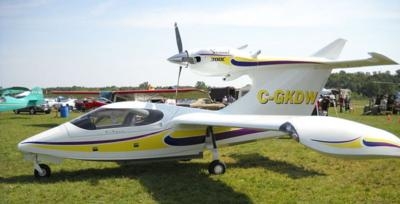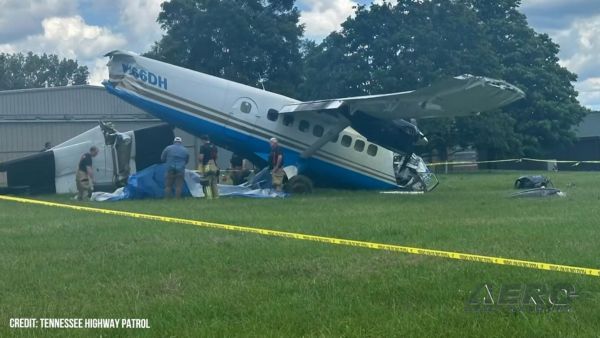Tue, Jan 15, 2013
Advertisement
More News
 ANN's Daily Aero-Linx (06.13.25)
ANN's Daily Aero-Linx (06.13.25)
Aero Linx: Swift Museum Foundation The Swift Museum Foundation was started by Charlie Nelson, our President, over 40 years ago with an ad in Trade-A-Plane to Swift owners inquiring>[...]
 ANN's Daily Aero-Term (06.13.25): Helipad
ANN's Daily Aero-Term (06.13.25): Helipad
Helipad A small, designated area, usually with a prepared surface, on a heliport, airport, landing/takeoff area, apron/ramp, or movement area used for takeoff, landing, or parking >[...]
 Aero-News: Quote of the Day (06.13.25)
Aero-News: Quote of the Day (06.13.25)
“Aging components – particularly in critical engine assemblies – can experience metal fatigue, corrosion, and rubber degradation that are invisible during externa>[...]
 ANN's Daily Aero-Term (06.14.25): Inner-approach OFZ
ANN's Daily Aero-Term (06.14.25): Inner-approach OFZ
Inner-approach OFZ The inner-approach OFZ is a defined volume of airspace centered on the approach area. The inner-approach OFZ applies only to runways with an approach lighting sy>[...]
 ANN's Daily Aero-Linx (06.14.25)
ANN's Daily Aero-Linx (06.14.25)
Aero Linx: Brodhead Pietenpol Association The Brodhead Pietenpol Association is a newly reorganized (in 2017) non-profit educational corporation that grew and developed from an ear>[...]
blog comments powered by Disqus




